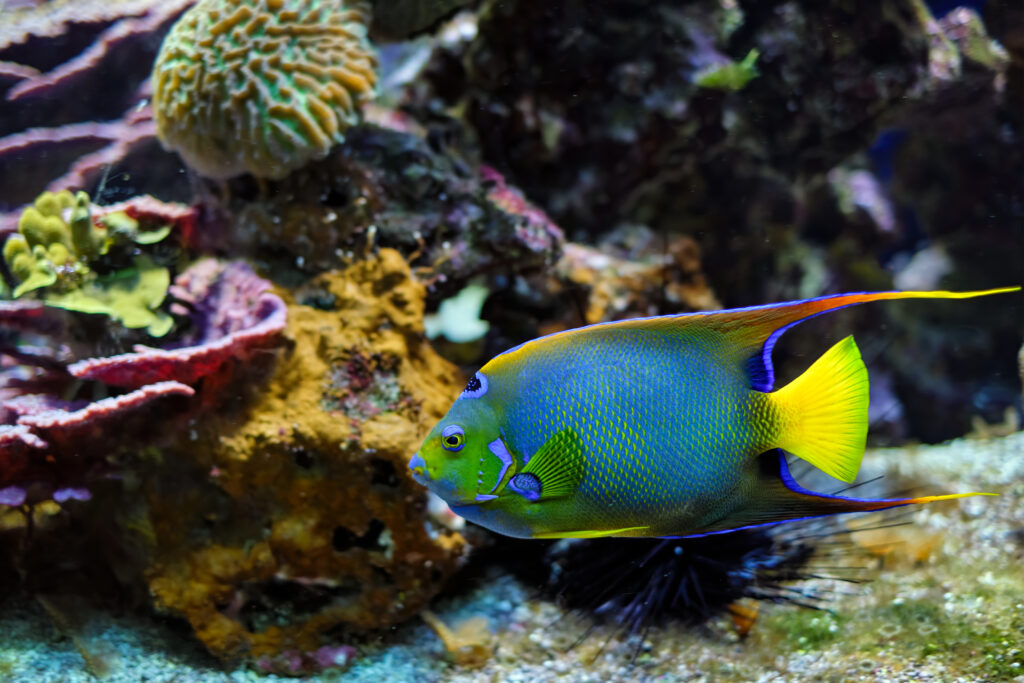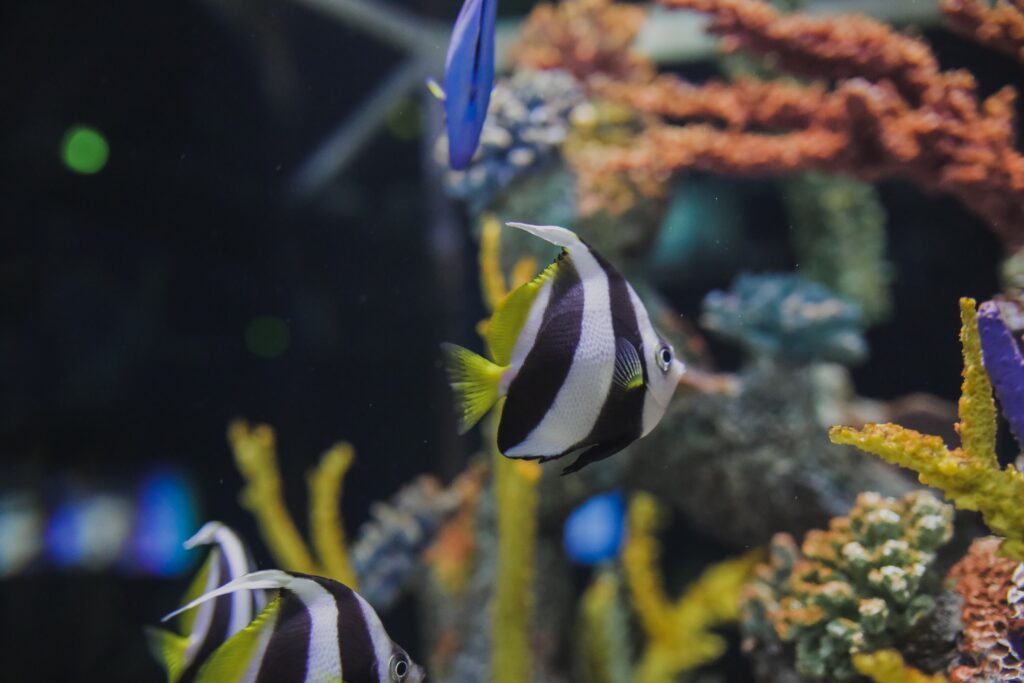Fun and Interesting Facts and Trivia about Angelfish
Looking for fun and interesting facts about angelfish? Our page has got you covered! Learn about the unique features, behaviors, and characteristics of these beautiful fish, including their courtship rituals, selective breeding, and susceptibility to certain diseases. Discover the different color variations, feeding habits, and ideal water conditions for angelfish, as well as their popularity in the aquarium trade and culinary world. Whether you’re an avid angelfish enthusiast or simply curious about these fascinating creatures, our page is the ultimate source of trivia and information. Browse our collection of fun and intriguing facts about angelfish and satisfy your curiosity today! #angelfish #aquarium #fishtank #fish #aquascape #aquariumhobby #plantedtank #tropicalfish #fishkeeping #aquariums #cichlids #discus #aquascaping #freshwateraquarium #aquariumfish #guppyfish #plantedaquarium #bettafish #reef #angelfishtank #discusfish #goldfish #pleco #freshwater #aquariumsofinstagram #guppy #freshwatertank #cichlid #fishkeeper #guppies

Angelfish are a type of cichlid fish that belong to the genus Pterophyllum.
There are three species of angelfish: Pterophyllum altum, Pterophyllum scalare, and Pterophyllum leopoldi.
Angelfish are native to the Amazon River basin in South America.
They have a distinctive triangular shape and long, flowing fins.
Angelfish can grow up to 6 inches long and live for up to 10 years in captivity.
They come in a variety of colors, including silver, black, and marble.
Angelfish are very popular in the aquarium trade and are commonly kept in home aquariums.
They are omnivores and will eat a variety of foods, including flakes, pellets, and live or frozen foods like brine shrimp or bloodworms.
Angelfish are territorial and can be aggressive towards other fish, especially during breeding.
They are known for their courtship rituals, which involve the male and female swimming together and touching noses.
Angelfish are mouth brooders, which means the female will carry the eggs in her mouth until they hatch.
Angelfish are sensitive to water conditions and require a pH level between 6.5 and 7.5.
They are susceptible to a disease called hole-in-the-head, which is caused by poor water quality.
Angelfish are popular in the culinary world and are often served as a delicacy in South America.
They are sometimes called “freshwater angelfish” to distinguish them from marine angelfish, which are a different species altogether.
Angelfish have been selectively bred to produce a wide range of color variations, including gold, silver, black, and albino.
They are known for their graceful swimming movements and can be mesmerizing to watch.
Angelfish are often used in aquascaping, a form of aquarium design that involves creating underwater landscapes with plants and rocks.
They are sensitive to changes in water temperature and should be kept in an aquarium with a heater to maintain a constant temperature.
Angelfish are sometimes called “king of the aquarium” due to their regal appearance and popularity.

